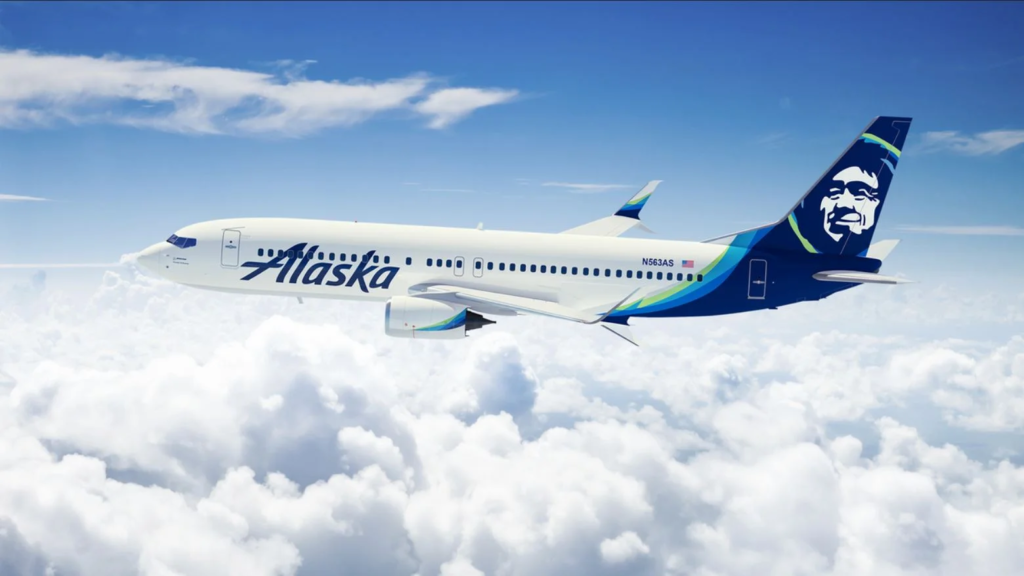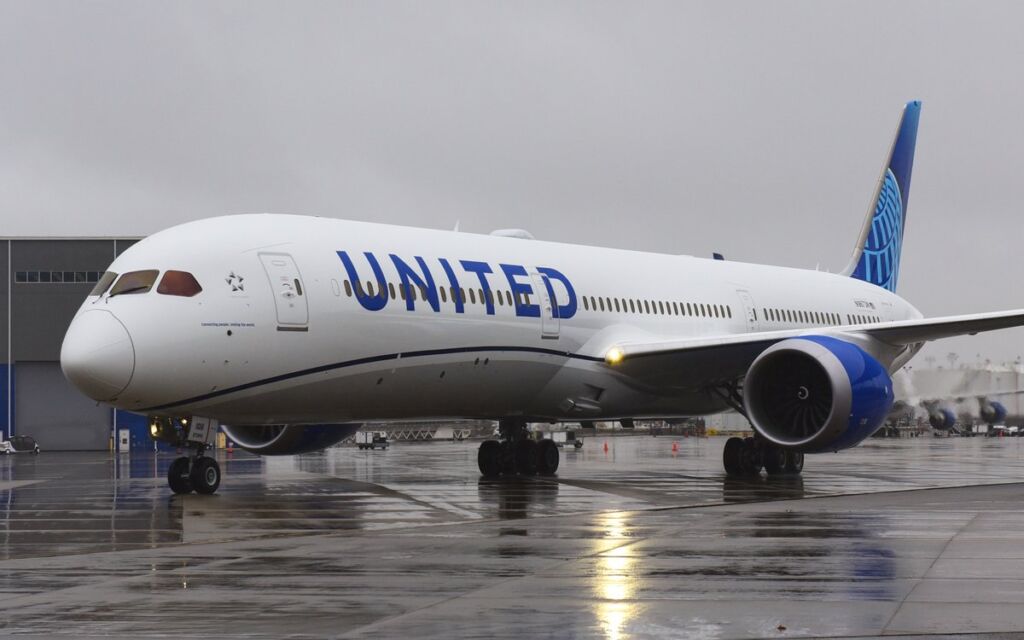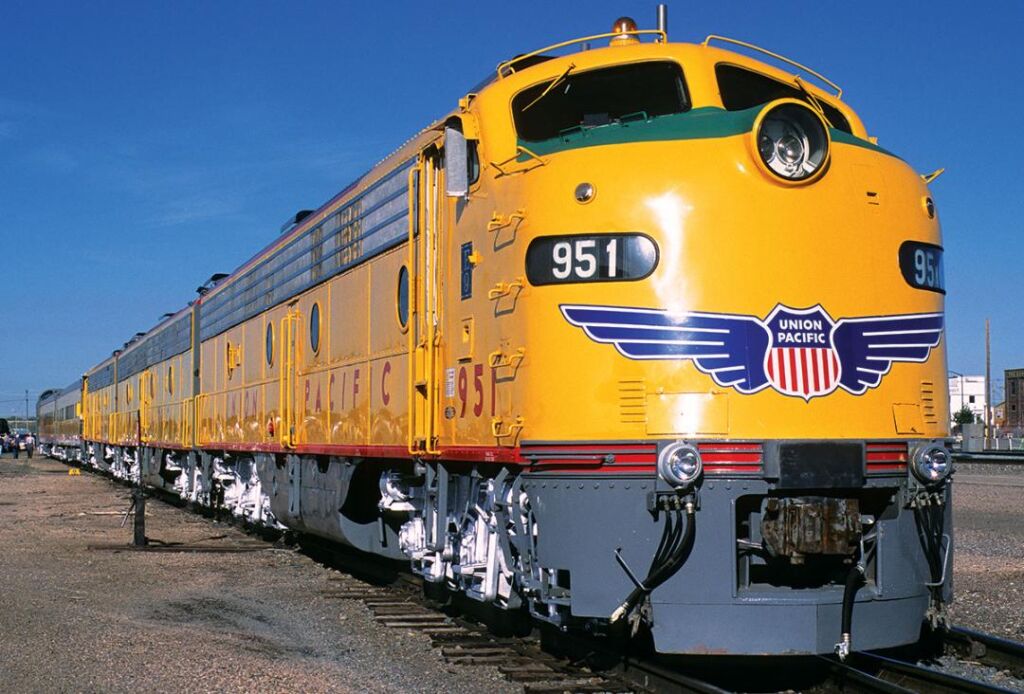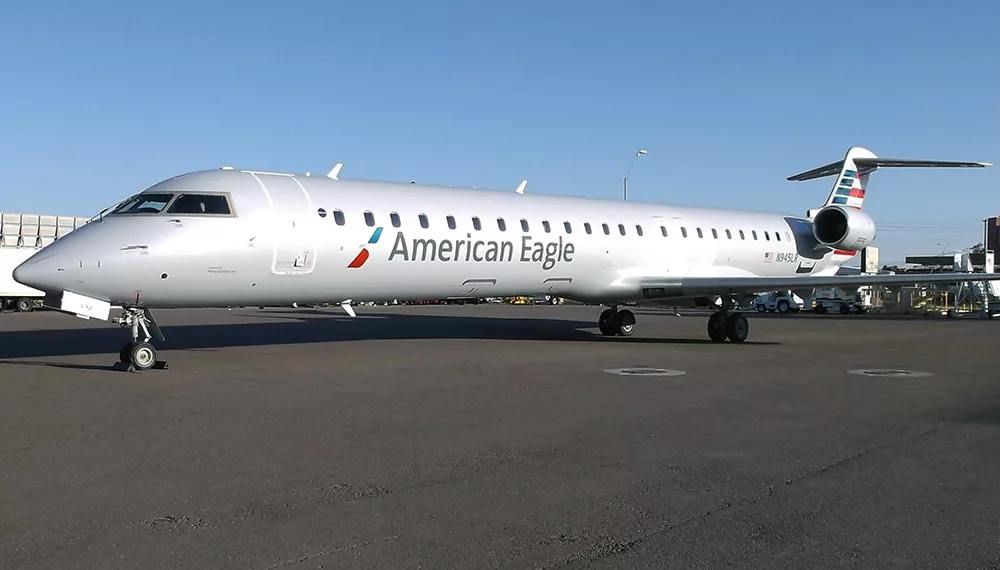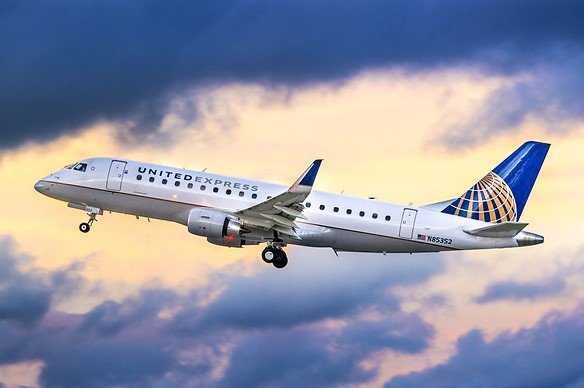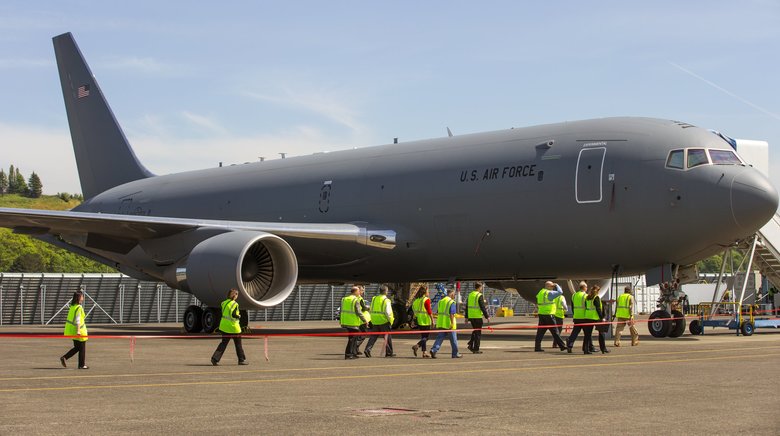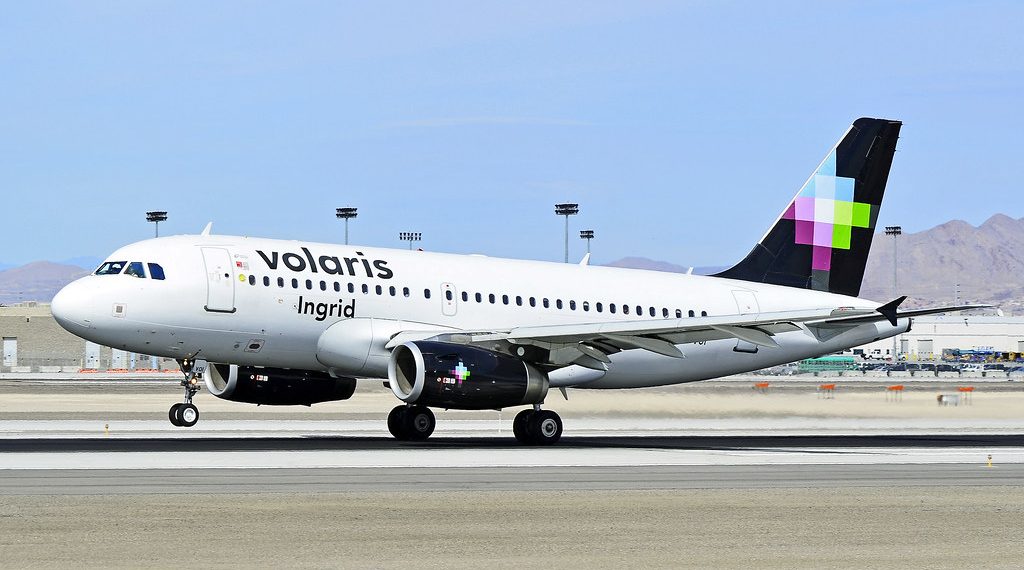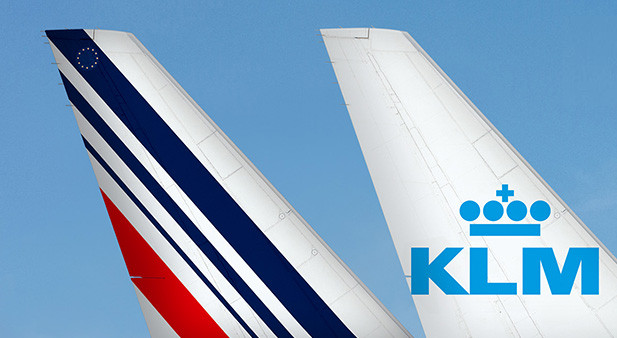Alaska Air Group Reports Fourth Quarter 2020 and Full-Year Results
Financial Results: Reported net loss for the fourth quarter and full year 2020 under Generally Accepted Accounting Principles (GAAP) of $430 million, or $3.47 per diluted share, and $1.3 billion, or $10.59 per diluted share. These results compare to fourth quarter…
